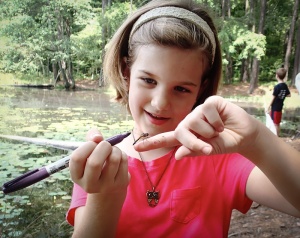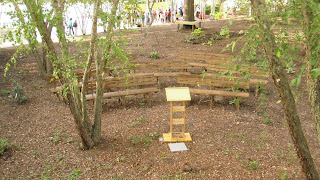The second edition of Across the Spectrum: Resources for Environmental Educators has been released through the North American Association for Environmental Education, the University of Florida and Cornell University.
Edited by
Martha C. Monroe and Marianne E. Krasny, this publication is a resource to help
nonformal environmental educators learn more about the field of environmental
education, gain skills to improve their practice, and over
time, build a community of practitioners to advance the field.
The
publication begins by examining five interrelated societal trends that are
providing new opportunities for the field of environmental education. These
trends include concern about the psychological well-being of people with
limited access to nature, urbanization, social stresses including those brought
on by climate change, and the academic achievement of students. The authors
emphasize that all of these trends pose significant challenges to the field of
environmental education but at the same time, present exciting and innovative
opportunities for the future of the field:
Environmental educators are joining forces with youth and community development professionals; museums, zoos, and botanical gardens; and urban green space managers and planners to come up with new practices that reflect societal concerns. Many of these practices occur outside of the classroom, involve youth and elders working together, and engage a diversity of professionals and participants in urban as well as suburban and rural communities.
Across the Spectrum helps newcomers to the field
orient their practices within a body of knowledge and experience that has accumulated
since the formal launching of environmental education in the 1970s. It also introduces readers to environmental education methods that reflect recent
societal trends highlighting seven approaches that address environmental and social challenges through communities,
agencies, nonformal programs, and schools. Finally, the authors hope this publication
will help create a community of interested professionals working in diverse
settings but sharing common concerns.
The authors also note the importance of citizen science and service learning in engaging learners in real-world activities that provide benefits to the learners, communities and researchers.
New chapters may be added as new practices emerge and opportunities for public online feedback on individual chapters are planned.








